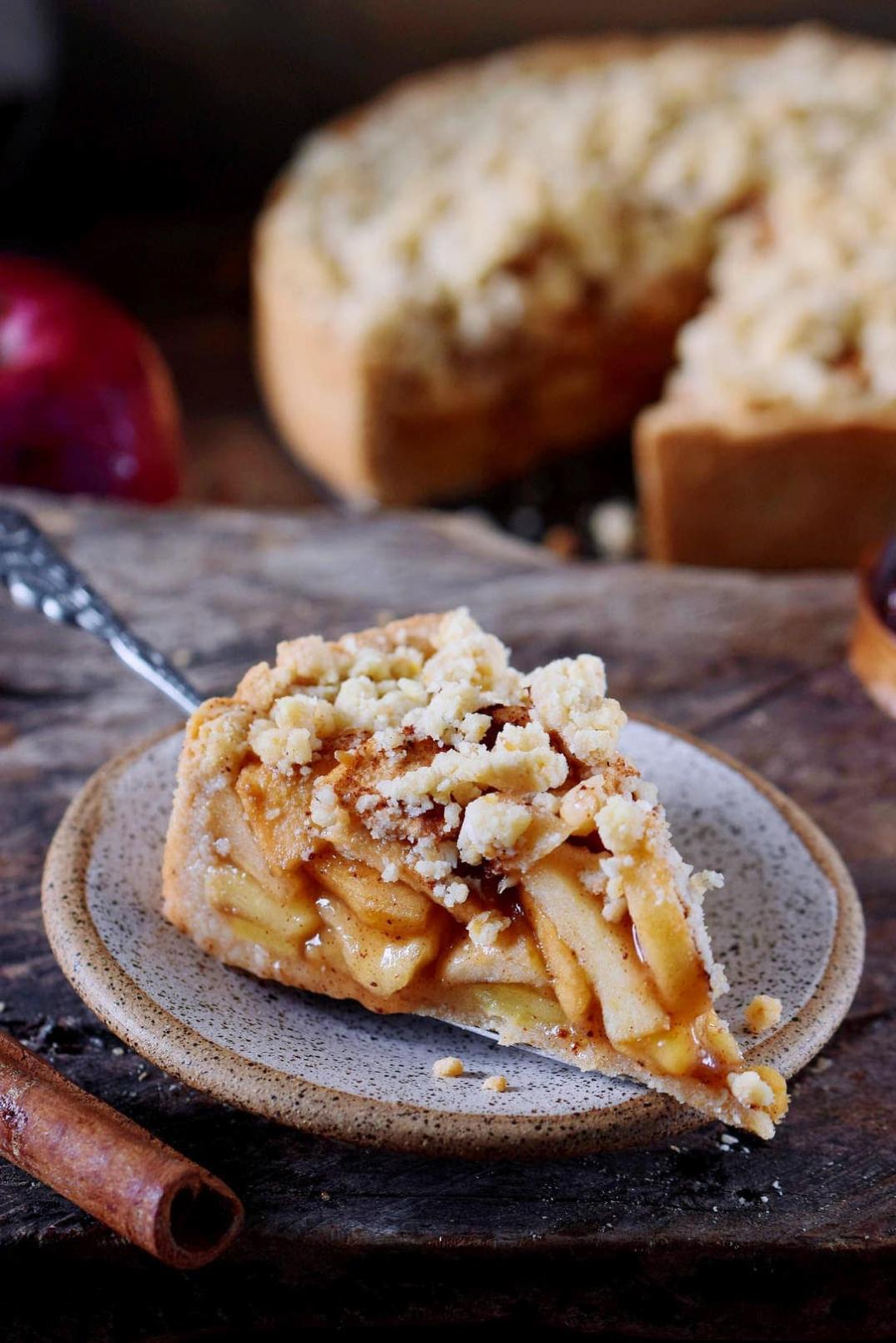Exploring the World of Gluten-Free Flours: Which One is Right for Me?
Gluten-free flours have become increasingly popular in recent years, catering to individuals with gluten intolerance or celiac disease. These flours are derived from various sources, offering unique nutritional profiles and culinary properties. Understanding the differences between gluten-free flours can help you make informed choices and create delicious gluten-free baked goods.

Types Of Gluten-Free Flours
- Almond Flour: Made from ground almonds, almond flour is rich in healthy fats, protein, and fiber. It imparts a moist texture and nutty flavor to baked goods.
- Coconut Flour: Derived from dried coconut meat, coconut flour is high in fiber and low in carbohydrates. It has a slightly sweet flavor and a dense texture.
- Quinoa Flour: Produced from quinoa grains, quinoa flour is a complete protein source with a nutty flavor. It is also rich in fiber and minerals.
- Buckwheat Flour: Made from buckwheat seeds, buckwheat flour is rich in dietary fiber and minerals. It has a slightly bitter flavor and a dense texture.
- Tapioca Flour: Extracted from the cassava root, tapioca flour provides a neutral taste and thickening properties. It is often used as a binder in gluten-free baking.
- Brown Rice Flour: Milled from brown rice, brown rice flour is a good source of fiber and has a slightly nutty flavor. It is commonly used in gluten-free baking.
- Sorghum Flour: Obtained from sorghum grains, sorghum flour is known for its mild flavor and versatility. It is a good source of protein and fiber.
Nutritional Comparison Of Gluten-Free Flours
| Flour Type | Carbohydrates (g) | Protein (g) | Fiber (g) | Fat (g) | Calories (kcal) |
|---|---|---|---|---|---|
| Almond Flour | 16 | 21 | 12 | 15 | 160 |
| Coconut Flour | 18 | 6 | 10 | 15 | 120 |
| Quinoa Flour | 64 | 14 | 7 | 6 | 360 |
| Buckwheat Flour | 76 | 13 | 10 | 3 | 340 |
| Tapioca Flour | 86 | 0 | 0 | 0 | 350 |
| Brown Rice Flour | 79 | 5 | 2 | 1 | 350 |
| Sorghum Flour | 75 | 10 | 7 | 3 | 340 |
Culinary Properties Of Gluten-Free Flours
- Almond Flour: Almond flour produces a moist and dense texture in baked goods. It has a nutty flavor and can be used in various recipes, including cakes, cookies, and muffins.
- Coconut Flour: Coconut flour is highly absorbent and requires more liquid in recipes. It imparts a slightly sweet flavor and a dense texture. It is often used in combination with other gluten-free flours.
- Quinoa Flour: Quinoa flour has a mild nutty flavor and a slightly gritty texture. It is a good source of protein and can be used in various baked goods, including bread, pancakes, and cookies.
- Buckwheat Flour: Buckwheat flour has a slightly bitter flavor and a dense texture. It is often used in combination with other gluten-free flours to create a more balanced flavor and texture.
- Tapioca Flour: Tapioca flour is a neutral-tasting flour that is often used as a thickener in gluten-free baking. It can also be used to create a crispy coating on fried foods.
- Brown Rice Flour: Brown rice flour has a slightly nutty flavor and a slightly gritty texture. It is a good all-purpose gluten-free flour that can be used in various recipes.
- Sorghum Flour: Sorghum flour has a mild flavor and a slightly gritty texture. It is a versatile flour that can be used in various baked goods, including bread, cakes, and cookies.
Choosing The Right Gluten-Free Flour
The choice of gluten-free flour depends on the intended use, desired texture and flavor, nutritional preferences, availability, and cost. Consider the following factors when selecting a gluten-free flour:
- Intended Use: Different gluten-free flours are suitable for different types of baked goods. For example, almond flour is ideal for moist and dense baked goods, while coconut flour is better for crispy and chewy baked goods.
- Desired Texture and Flavor: Each gluten-free flour has a unique texture and flavor. Experiment with different flours to find the ones that best suit your taste preferences.
- Nutritional Preferences: Consider the nutritional content of different gluten-free flours when making your choice. Some flours, such as quinoa flour and buckwheat flour, are higher in protein and fiber than others.
- Availability and Cost: The availability and cost of gluten-free flours can vary depending on your location and budget. Some flours, such as almond flour and coconut flour, may be more expensive than others.
Tips For Using Gluten-Free Flours
- Blend Different Flours: Blending different gluten-free flours can create a more balanced flavor and texture in baked goods.
- Adjust Liquid Ratios: Gluten-free flours are often more absorbent than wheat flour, so you may need to adjust the liquid ratios in your recipes.
- Use Binders and Gums: Binders and gums, such as xanthan gum and guar gum, can help improve the structure and texture of gluten-free baked goods.
- Experiment with Different Recipes and Techniques: There are many gluten-free recipes available online and in cookbooks. Experiment with different recipes and techniques to find the ones that work best for you.
Exploring the world of gluten-free flours can be a rewarding experience, allowing you to create delicious and satisfying gluten-free baked goods. By understanding the different types of gluten-free flours, their nutritional profiles, and culinary properties, you can make informed choices and create baked goods that meet your dietary needs and taste preferences. Experiment with different flours, recipes, and techniques to discover the endless possibilities of gluten-free baking.
YesNo

Leave a Reply